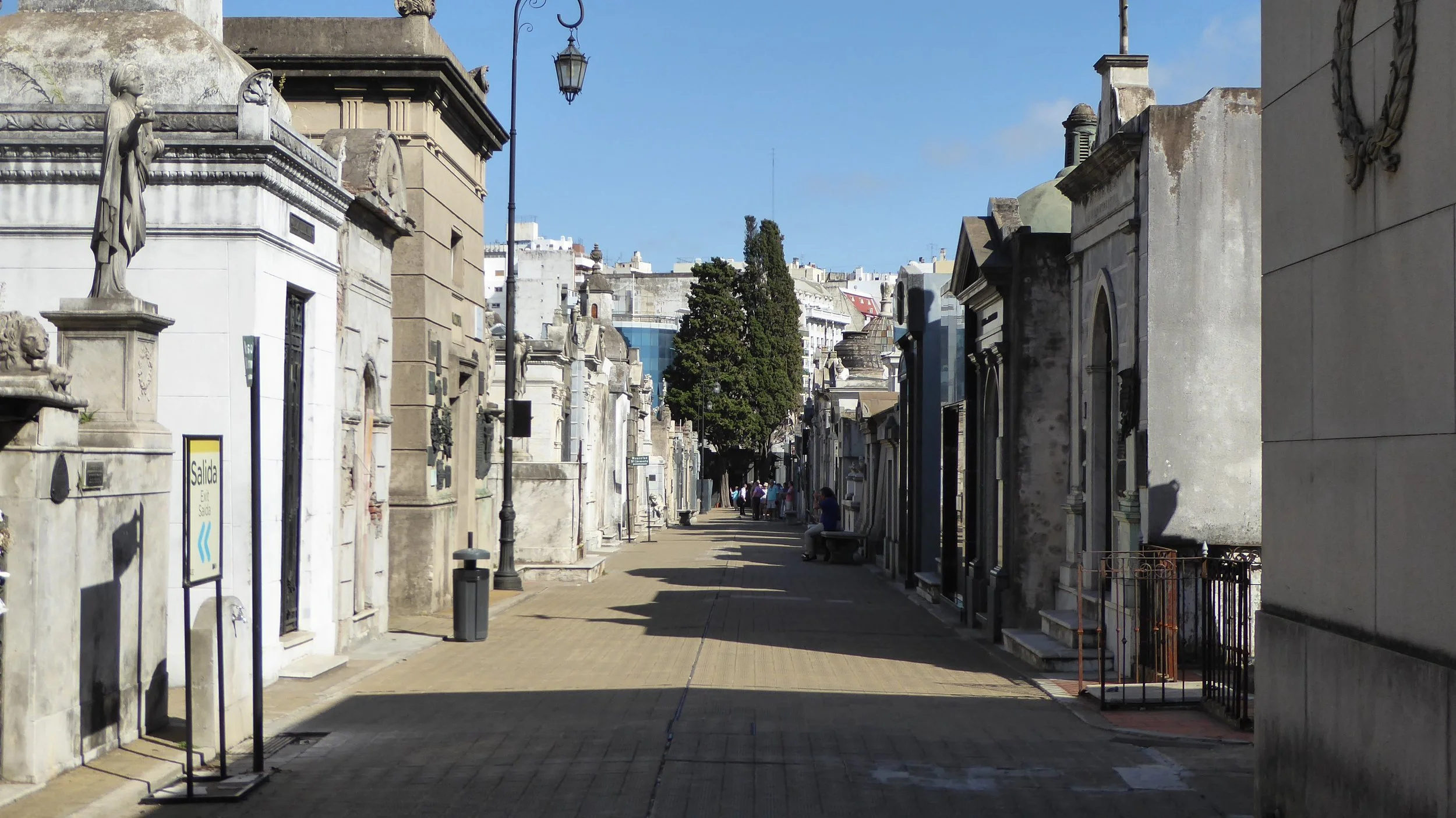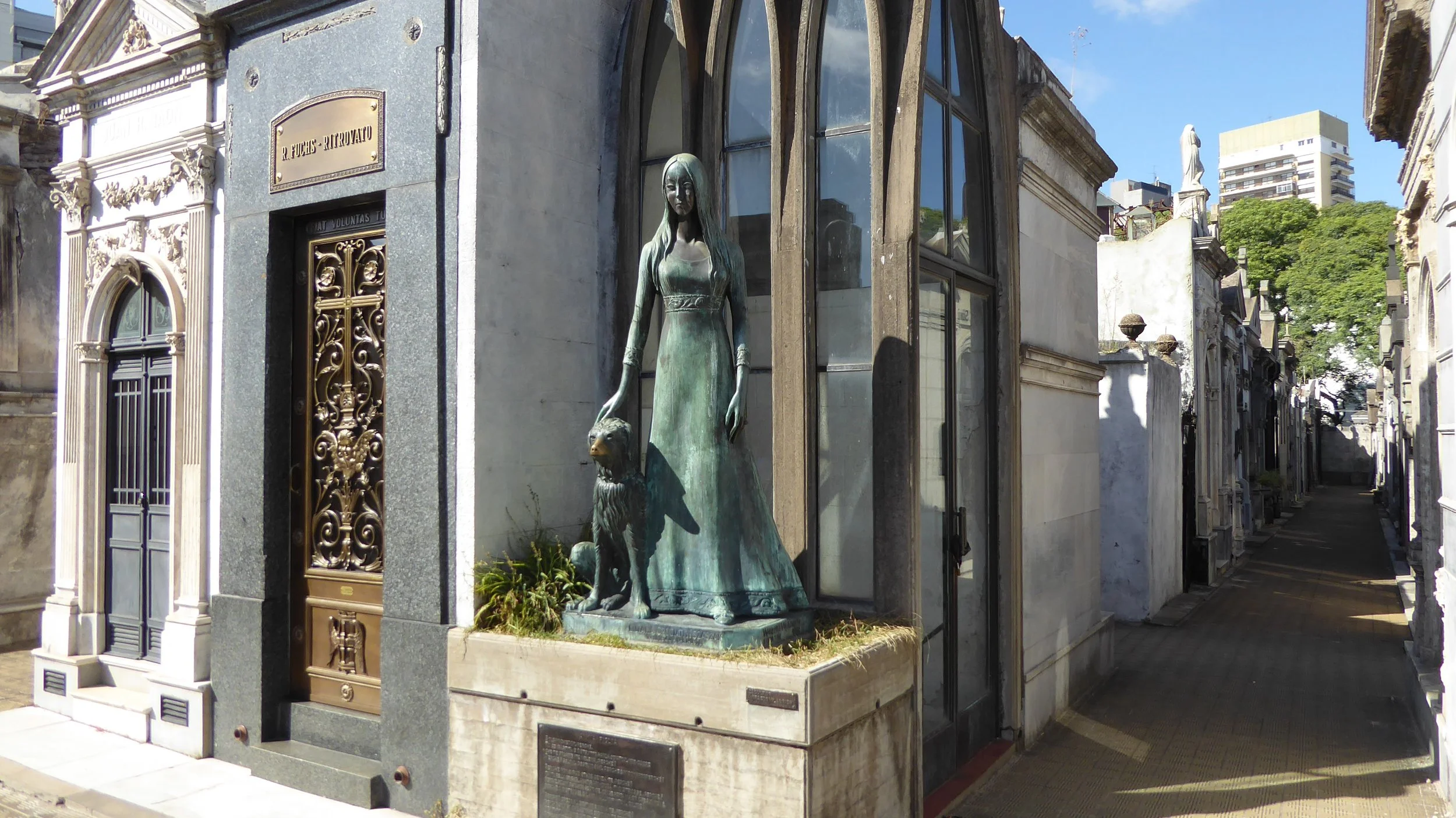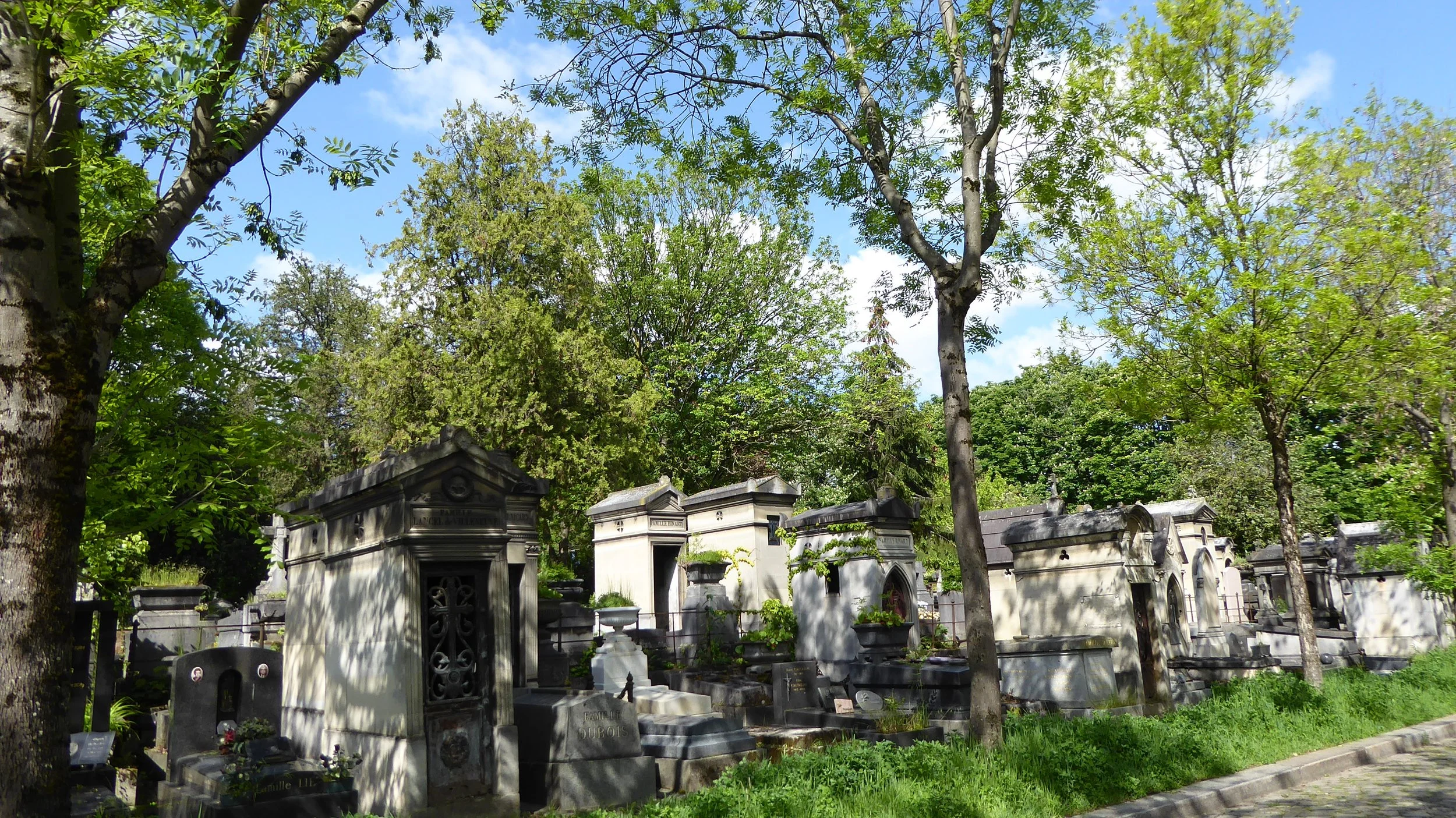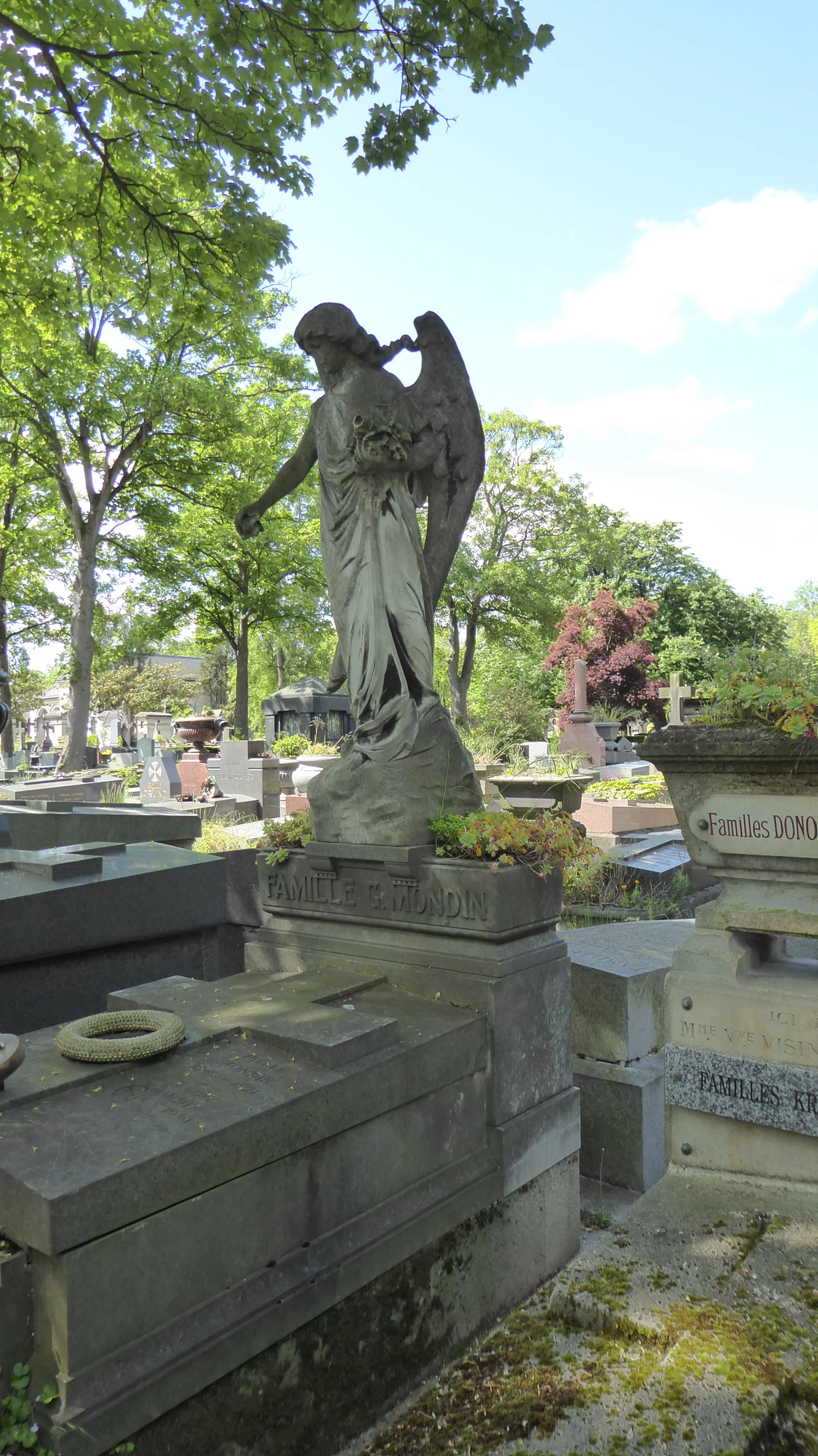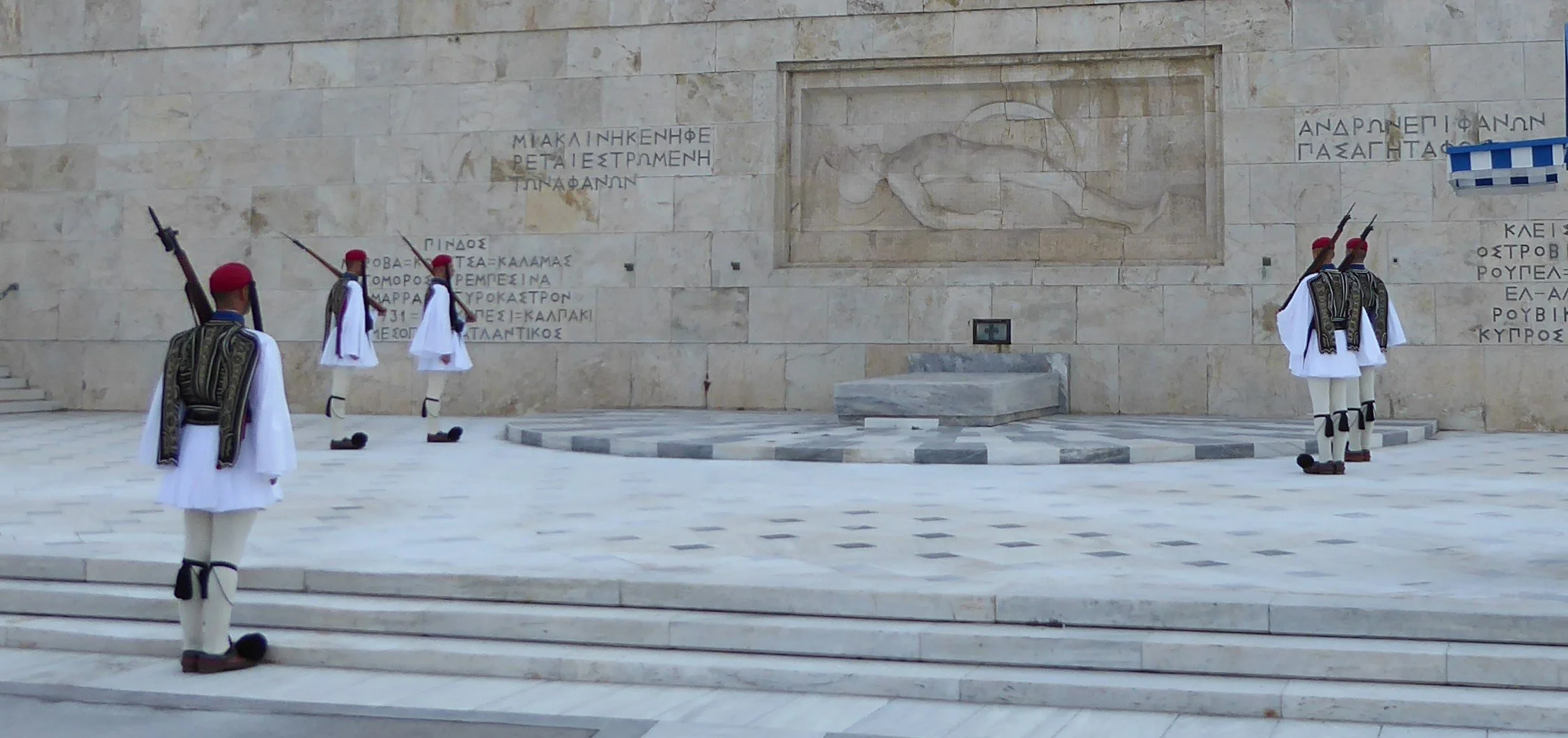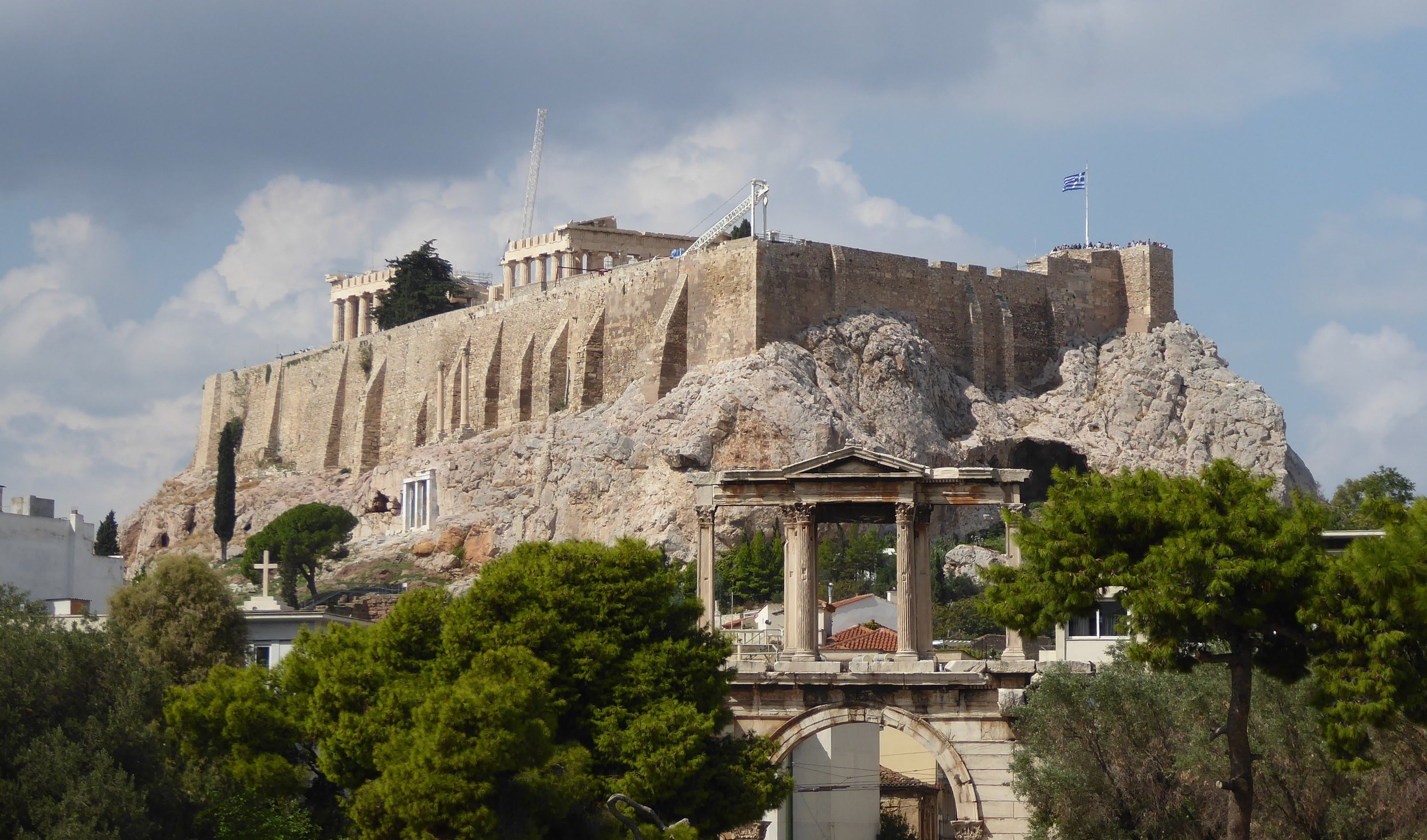Shalom, Israel
This column was supposed to be easy.
I’ve thought about it for months. I mapped out its rough outlines, beginning to end. I selected some photos to accompany it, and I could envision ones I still needed to take.
All I had to do was wait. Wait until the final piece was in place, when my “Tada!” of a conclusion had come to fruition.
But life… You know the rest.
Mr. Pettit and I recently concluded 12 months of what I like to call, “big travel.” I define big travel as journeys in which you travel great distances to see places that have drifted through your dreams for a long time, perhaps even a lifetime.
We started with a transit of the Panama Canal last October, followed by a South American cruise in late winter of this year and a transatlantic crossing from Paris to New York in the spring. The grand finale to our global adventures ended last month: a cruise to Greece and the Holy Land.
We had been to Greece before, but we couldn’t pass up the opportunity to visit Israel.
We reread Bible passages about the places we’d see and watched YouTube videos posted by fellow travelers. I made sure to leave plenty of room in my suitcases for souvenirs for family and friends. (I’m ashamed to admit how long it took to pare down my wardrobe.)
And all the while the column I planned to post percolated in my mind.
Its theme had come to me back in March during a tour of La Recoleta Cemetery in Buenos Aires, Argentina. La Recoleta was patterned after Pere Lachaise Cemetery in Paris and was unlike any group of final resting places I have ever seen before.
This wasn’t a collection of markers planted in the earth or tombstones standing as mute sentries. It was truly a city of the dead, its streets lined with buildings of stone.
La Recoleta Cemetery, Buenos Aires, Argentina
Two La Recoleta residents
We had the opportunity to visit Pere Lachaise Cemetery when we explored Paris in May. Its greater age was apparent, many of its “buildings” darkened and worn by the passing decades and, in some cases, centuries.
Pere Lachaise Cemetery, Paris, France
Pere Lachaise Cemetery
Even when we weren’t strolling through cemeteries, our travels touched on the inevitable end we all face: the thousands who died in the building of the Panama Canal, the sailors who lost their lives navigating around Cape Horn, the anonymous warriors honored at the Tomb of the Unknown Soldier in Athens, Greece.
Changing of the guard at the Tomb of the Unknown Soldier, Athens, Greece
Excursions to magnificent ruins were also tinged with the shadow: those who dreamed of their design, financed their construction, and carved their intricate ornamentation are long, long gone. More than one guide referred to ruins as “remains,” and that is truly what they are: all that remains of generations of boring, brilliant, wicked, wonderful, lazy, industrious people.
Hadrian’s Arch and the Acropolis, Athens, Greece
But here is where I planned to turn the corner on the Grim Reaper. I’d share photos of the Church of the Nativity in Bethlehem—the site believed to be Jesus’s birthplace— and the Church of the Holy Sepulchre in Jerusalem—the site where scholars think Jesus died. And came back to life.
He came back to life!
In the words of the old hymn,
Up from the grave He arose,
With a mighty triumph o’er His foes
He arose a Victor from the dark domain,
And He lives forever with His saints to reign.
He arose! He arose!
Hallelujah! Christ arose!*
I’d click “Save and Publish,” my task complete.
We arrived in port at Haifa, Israel, early in the morning of October 7th. We boarded a tour bus and climbed the slopes of Mt. Carmel, where Elijah faced off against the prophets of the false god Baal. Spoiler alert: God won. (See 1 Kings 18.)
Haifa, Israel, as seen from atop Mt. Carmel
We then traveled to the ancient city of Acre, the last capital of the Crusaders. Our group had just finished watching a short orientation film at the visitors’ center when our guide told us that we had to return to the ship immediately “out of an abundance of caution due to a security situation to the south.”
Mr. Pettit and I had no mobile connection, so we didn’t know what was going on. We heard no speculation from our fellow tourists either. It wasn’t until we returned to our cabin and turned on our TV that we saw the horror unfolding just south of Ashdod, our next port of call.
Oh, dear God. Not an exclamation, but a prayer. A plea.
As we waited for everyone to return to our ship, we watched the Israeli naval vessels docked next door as they headed out into the Mediterranean. Staring at the peaceful streets of Haifa, its Sabbath undisturbed, we tried to absorb the fact that innocents were being slaughtered around a hundred miles away.
We left port at 8 that evening, our dream of Israel gone. But disappointment vanished within the span of a heartbeat, so great was our sorrow for those who had been wounded, kidnapped, and killed.
We grieve for them still.
I have no photos from Bethlehem, Capernaum, the Sea of Galilee, or Jerusalem. I did not walk where Jesus walked.
But that does not change my ending.
Jesus came back to life!
His willingness to pay the penalty for my sins means that my death—and the death of all who put their trust in Him—is not final. It’s a pause, a page break, an intermission.
My heart breaks when I see darkness enveloping the world, an embrace of death and celebration of hatred. I can’t begin to understand it. But I do know this: one day Jesus Christ will return and set things right.
He will wipe away every tear from their eyes, and death shall be no more, neither shall there be mourning, nor crying, nor pain anymore, for the former things have passed away. Revelation 21:4 (ESV)
Amen.
*” Low in the Grave He Lay,” Robert Lowry (1874)

